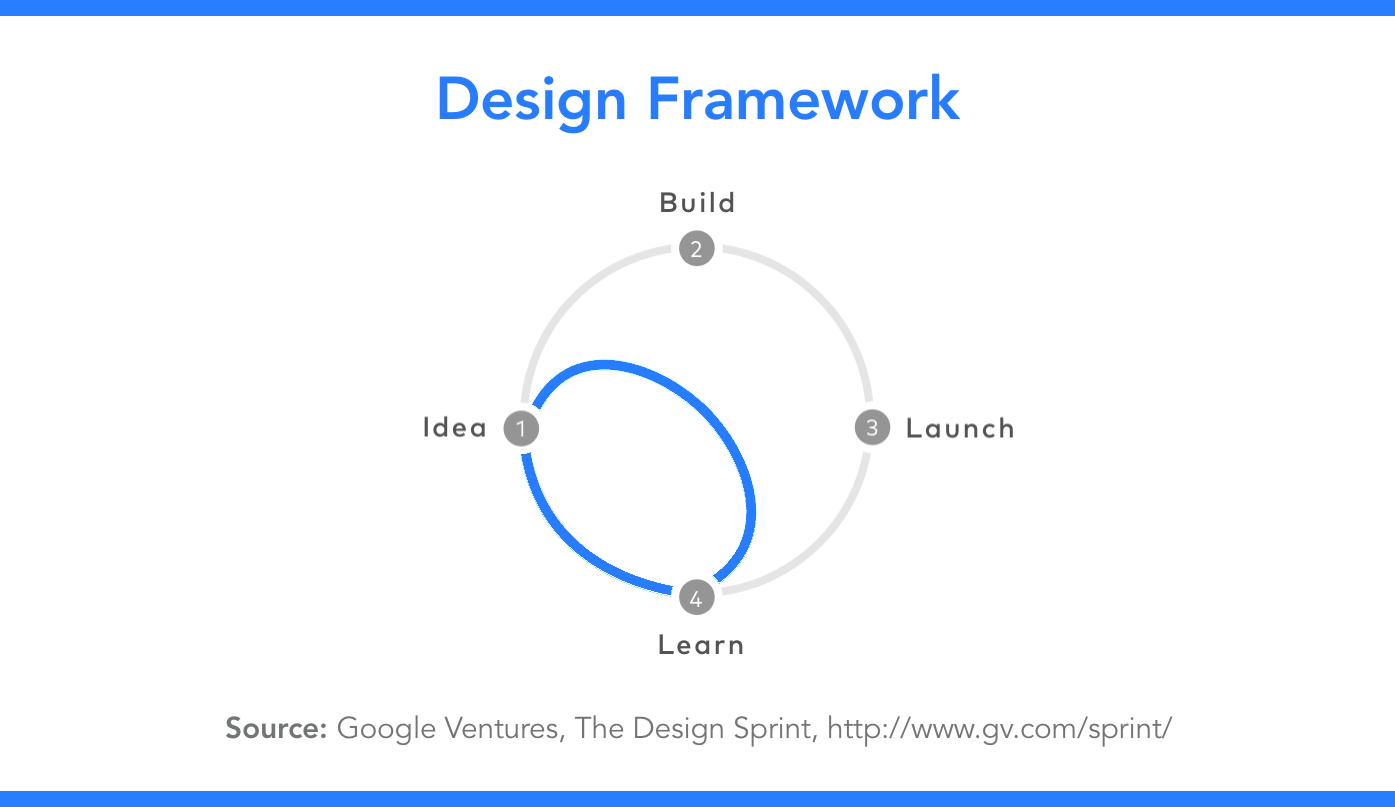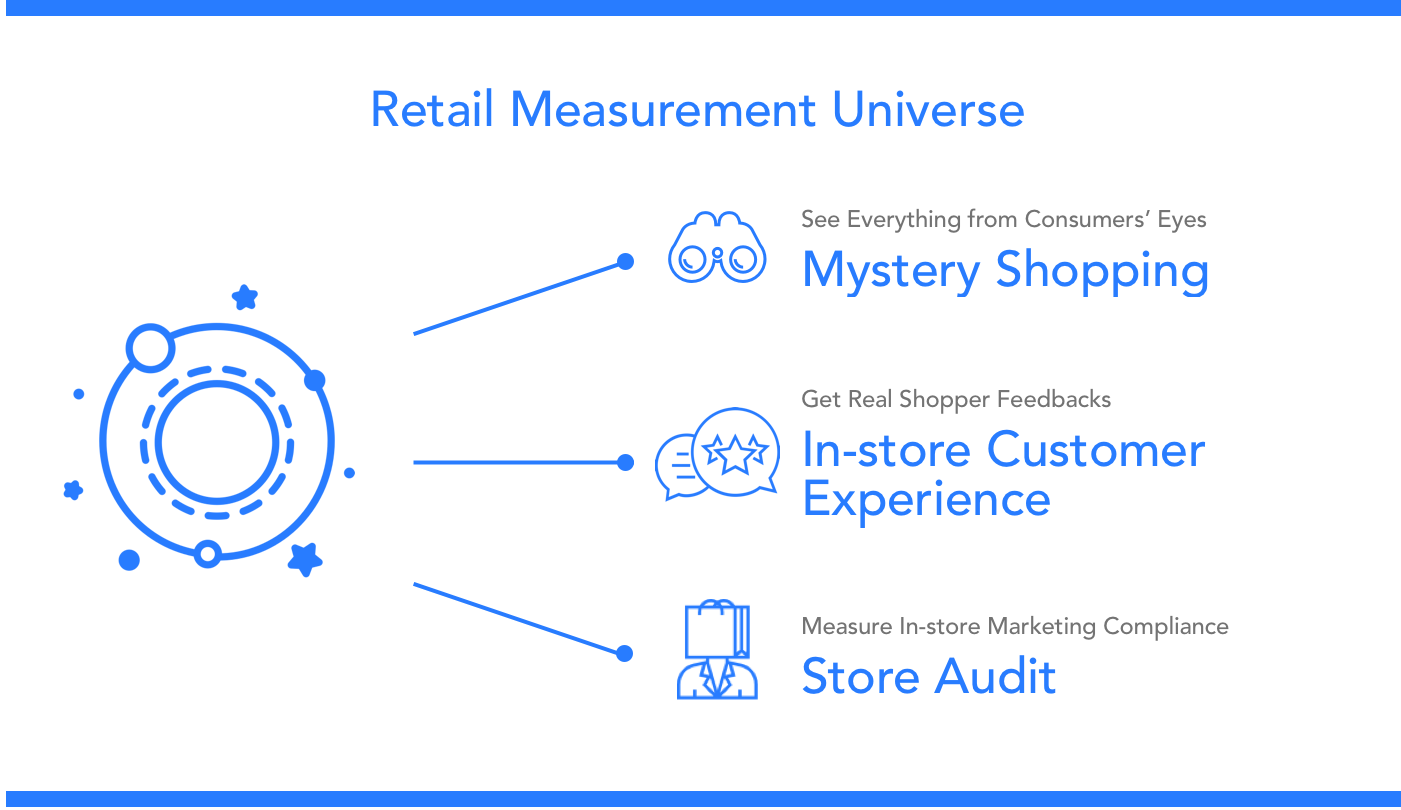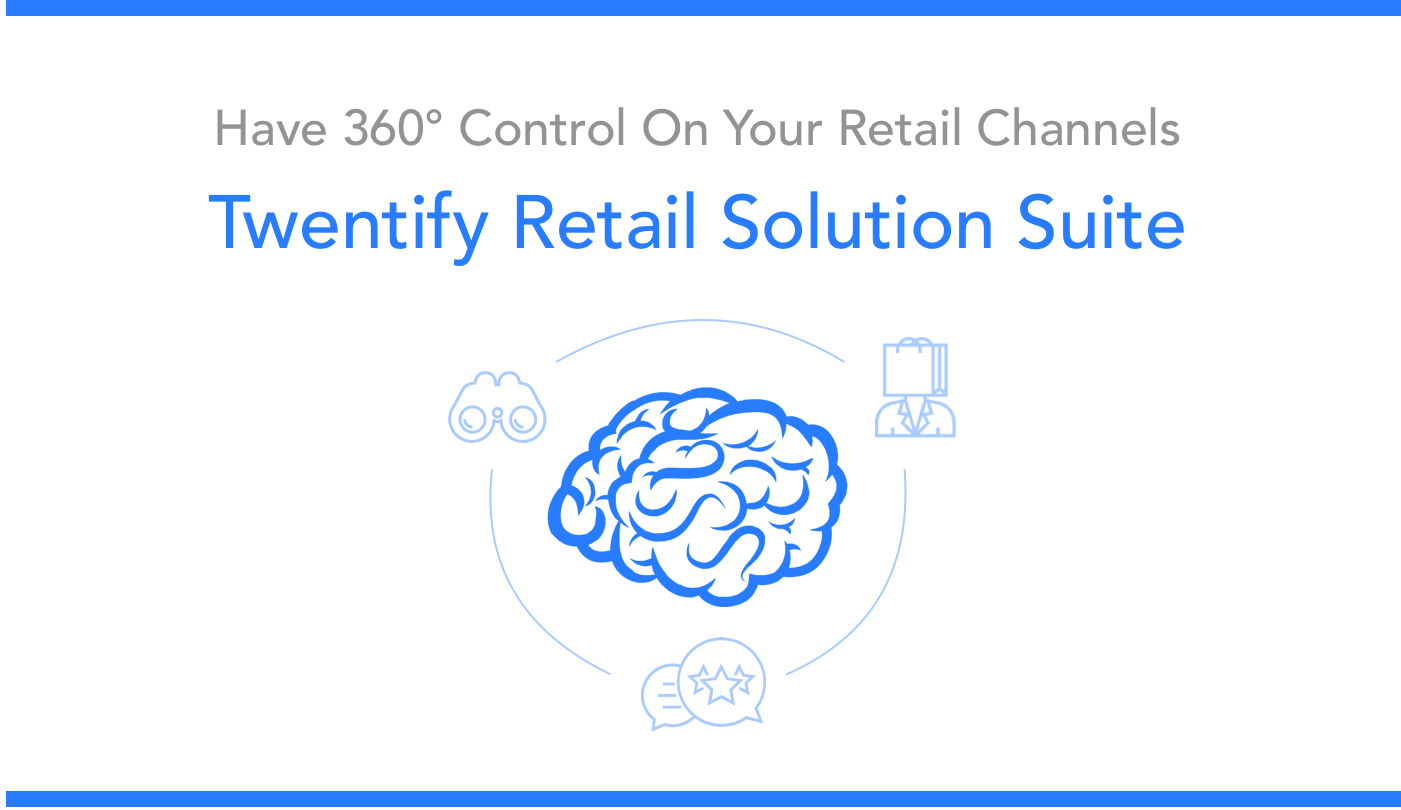Shopper decisions change according to their experience in the retail stores; and for brands, retail is the most challenging channel to improve and maintain. How can brands manage this channel efficiently while maintaining the quality?
Retail is a though, but a critical channel for businesses.
For most of the industries, retail is the backbone of customer acquisition and retention activities. Even though consumer behaviour is changing, and there is a constant shift in every aspect; retail, as a hundreds-year-old channel ideology, is not dead. Somethings are changing. Amazon is driving half of all growth in the retail industry, digitalization of the world is affecting every industry with the entering of new mobile commerce and e-commerce brands — but, purchase behaviour of consumers at many categories are still the same, and retail is adapting itself to the new generation of consumers; to survive.

To keep up with consumers to sustain the success during this shift is not an easy business. Businesses often face challenging issues to keep up with this shift and manage their channels, and these challenges have never been easy. Achieving operational excellence, providing an excellent customer experience and keeping up with the consumer shift is not an easy thing to accomplish; while maintaining the business in this competitive landscape.
However, when measured and managed in a scalable and agile way, evaluated within a rational model and creating a harmony internally to make different departments to feed each other — agility can be achieved, and businesses can adapt to the shift.
In this article, we want to share our observations in the market which will allow you to manage your channels efficiently, improve them, and have more time developing your area, rather than just executing it.
Let’s start.
Easy to Operate, Hard to Improve: Retail
Retail is hard to maintain. Several reasons make maintaining retail hard, but the main reason is the lack of visibility for businesses. For sure, there are built-in cameras, you are collecting customer feedbacks via forms or kiosks, but it is not giving you a 100% visibility and control over your stores.
But, why is it so hard to observe retail?
The main reason is, technology has been developed for specific purposes and specific areas, and retail technology was and is always evolving in a limited space. You have better cameras and counters that count people getting in and out of the stores, auto-generated heatmaps, better feedback platforms on your stores to collect feedbacks digitally rather than physical papers. The digitalization of services allowed you to cover some of the areas, but not all of them. Digitalization is lacking in retail, and even the smartphone technology is not helping you to connect all dots altogether. But, it should help you; because it is the platform where consumers, location, internet, and engagement are in!

Let’s look at the items that you need to cover to have 100% visibility on your retail stores;
- Revenue Tracking and Forecasting
- Resource Management [IT, Warehouse, Labor, Infrastructure, Logistics, Customer Service, Store Design]
- Warehouse Management
- Logistic Management
- Supply Chain
- Inventory Management
- Customer Experience Management
- Employee Performance Management
- Trade Marketing Effectiveness [Planograms, POPs, Posters]
- Marketing Effectiveness [Pricing, Promotions, Marketing Message]
These are the main numbers that you need to observe to take control of your retail stores. However, even though technology helps you on the most of the items above — which allows you to continue doing your operations on these stores, technology does not let you get enough data to improve your retail experience to drive more revenue, and act intelligently. All the time, it points you vague areas, and you need to dig these areas by yourself to generate some insights to bring your business to the next level.
Improvements in the World of Retail
Since the retail world is old (hundreds of years!), it has developed itself more than any other business function until the 70s. After the 70s, technology started to penetrate into businesses, and the market began to change. Retail was more old-fashioned, and other functions were younger — so they adapted to the technology in a faster way, and retail improvements started to decline. But, the secret for retail to improve again is lying under the way these functions operate.

Google Ventures has an excellent framework called “The Design Sprint,” which gives you guidance on your improvement process. It is a basic, 4-step process, which allows you to fix problems and improve your experience. Let’s have a quick look.
1. Idea: In the first step, you are creating ideas on top of the insights you have collected out of the observations you have made on the data.
2. Build: You are developing details of your idea to make it ready to execute including all todos and executions details.
3. Launch: Since your idea is ready to execute, you can kick off the projects and start seeing initial results within a couple of days.
4. Learn: After your idea has been executed, you can start measuring the results of it after a couple of weeks. After measuring the data, you can see good and bad points, and work on your next idea.
With this simple framework, it is easy to structure improvement process and enhance customer experience on your retail channels to drive more revenue and act intelligently.
There is one last question though.
On what base you will build your ideas on, and how are you going to measure the effectiveness of your idea executions?
Building Feedback and Measurement Channels
Even though you are testing your ideas and trying to improve your service, you need to set up right feedback and measurement loops to measure the impact of your activities and maintain these growth initiatives to achieve sustainable growth.

For these high-level measurements, you need to keep an eye on the quality of your stores regarding hygiene, ambiance, and compliance, service quality of your employees regarding hygiene, attitude and knowledge level, and path-to-purchase experience of the shoppers (visitors or your customers) visiting your stores.
To measure these three key indicators, there are three common practices that you can apply without any setup or initial cost. The first solution you can integrate into your process is the well known “Mystery Shopping” method, which allows you to see the customer journey and all affecting factors from consumers’ eyes. The second one is “In-store Customer Experience” method, which allows you to get real consumer feedback during/after their experience. The third one is “Store Audit”, which allows you to observe the compliance of your in-store activities.
Mystery Shops and In-store Customer Experience solutions should be continuously executed, and are complementary to each other; where Mystery Shopping focuses on the store and staff compliance and gives you objective+subjective answers, and In-store Customer Experience focuses on real customer experience during a consumers’ path-to-purchase and gives you subjective answers.
On the other hand, Store Audit solution can be executed when there is a new campaign, and it focuses on general observations about your marketing compliance and status of the store overall.

Mystery Shopping: See Everything from Consumers’ Eyes
Mystery Shopping is a well-known methodology in the market for the store and employee evaluation to see which paths and experiences are your customers going through.
Firmly, a real customer of yours according to the target demographics visits your store, performs a pre-defined scenario specified by you, receives a service and shares her experience with pictures, raw answers, ratings and voice recordings. After you receive these answers from each of your stores, the system automatically calculates evaluation scores of the stores, and you can see which stores are performing how, what are the real customer feedback, and suggestions from the visitors on how to improve the service quality.
On mystery shopping, you understand and receive the following evaluations on your service quality;
- Store Hygiene and Cleanliness
- Store Ambiance [Music, Service Booths]
- Employee Attitude and Behaviour
- Employee Knowledge Level
- Employee Outfit and Cleanliness
- General Evaluation of Overall Experience
- Net Promoter Score
Mystery shopping can be conducted seasonally — but our suggestion is to run it continuously to see the improvement trends across your stores to better evaluate their performance.
In-store Customer Experience: Get Real Shopper Feedbacks
In-store Customer Experience is a new emerging solution, which replaces your in-store pen and paper surveys with high-quality answers from consumers in your stores, while they receive an experience from you.
Compared with Mystery Shopping, this solution is not pushing someone to go to your store but targets people who visit your retail stores. Firmly, when a new visitor or customer visits your store, you can ask them to share their experience with photos, ratings, comments and any question according to their in-store behaviour. You can trigger these surveys after consumers spend a considerable amount of time, when they enter to your store, or when they exited from there.
On In-store Customer Experience, you can understand and receive the following evaluations on their experience;
- Path-to-Purchase Experience
- Customer Effort Score
- Visit-to-Purchase Conversion
- Subjective Comments on Your Marketing Activities
- Consumer Observations
- Net Promoter Score
In-store Customer Experience should be conducted continuously, to see the improvement trends across your stores to better understand the customer experience. You can change the questionnaire according to the special seasons.
Store Audit: Measure In-store Marketing Compliance
Store Audit is a common practice on auditing your stores. Other than Mystery Shopping, Store Audit does not allow you to interact with your employees, but only auditing your in-store execution regarding your trade marketing activities [marketing materials, POPs], planogram compliance, stockouts, and cleaning.
Store Audit is mostly getting conducted seasonally, for you to audit your activities before a mass marketing campaign is coming. On your product launches and seasonal marketing campaigns, it isa suggested practice to conduct since you will be sure that you are 100% ready for your service.
Twentify Retail Solution Suite: Have 360° Control On Your Retail Channels
Now that you want to run these studies, we suggest you not to work with a field merchandising agency since they are working with professional field agents and it will not give you the results from real customers’ perspectives. We suggest you work with a community-based platform to run these studies.

Twentify offers a mobile insights platform for businesses to conduct market research and field audit studies to achieve sustainable growth.
Compared with other companies in the same area, Twentify uses mobile technologies to connect with consumers, and leverage location information for triggers, the camera for videos and pictures, and a flexible questionnaire infrastructure to collect any answer from the physical world. Its platform, Bounty, has more than 400,000 consumers in the United States, Canada, and Turkey — and allows businesses to collect high-quality and validated answers from consumers in a lightning-fast way. (Imagine getting answers to a Mystery Shopping project at 1,000 stores in 2 days)
Twentify offers Mystery Shopping, In-store Experience and Store Audit solutions to retail-focused businesses for them to grow their business by observing their retail stores 360°, and don’t miss any point.
If you want to learn more, go to www.twentify.com, and check our solutions and methodology. If you want to go further and learn more about the details, send us a message on the live chat.

